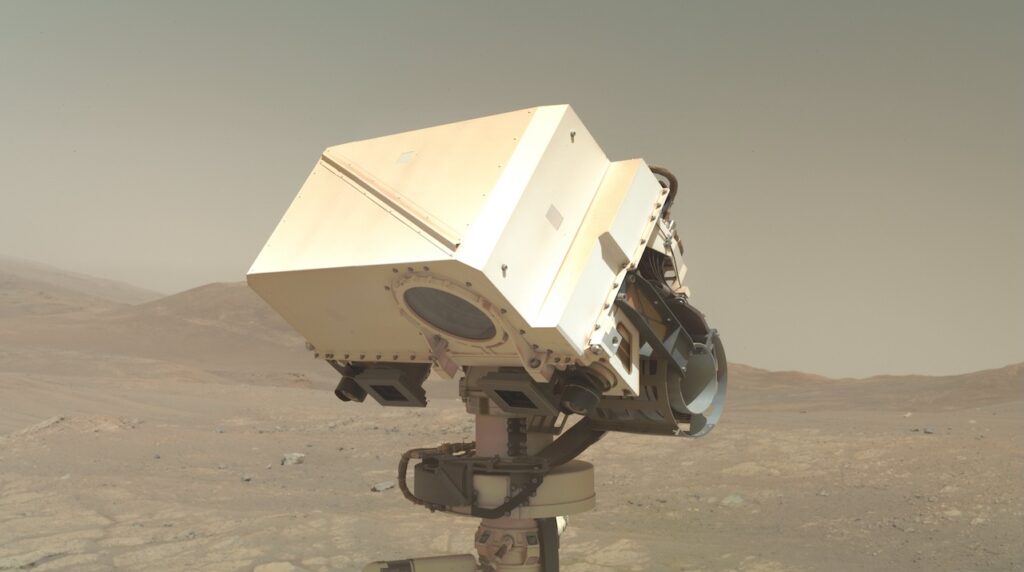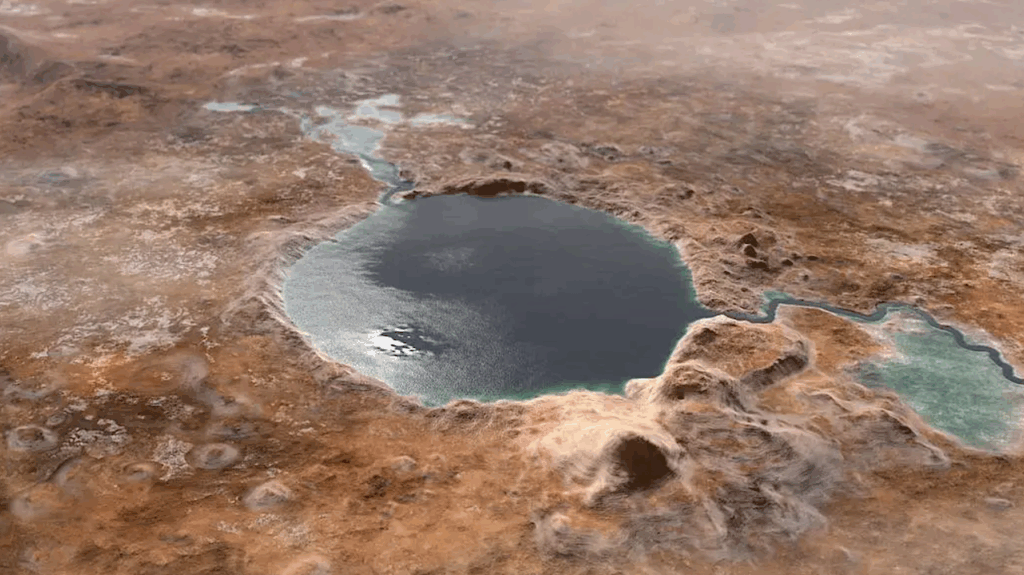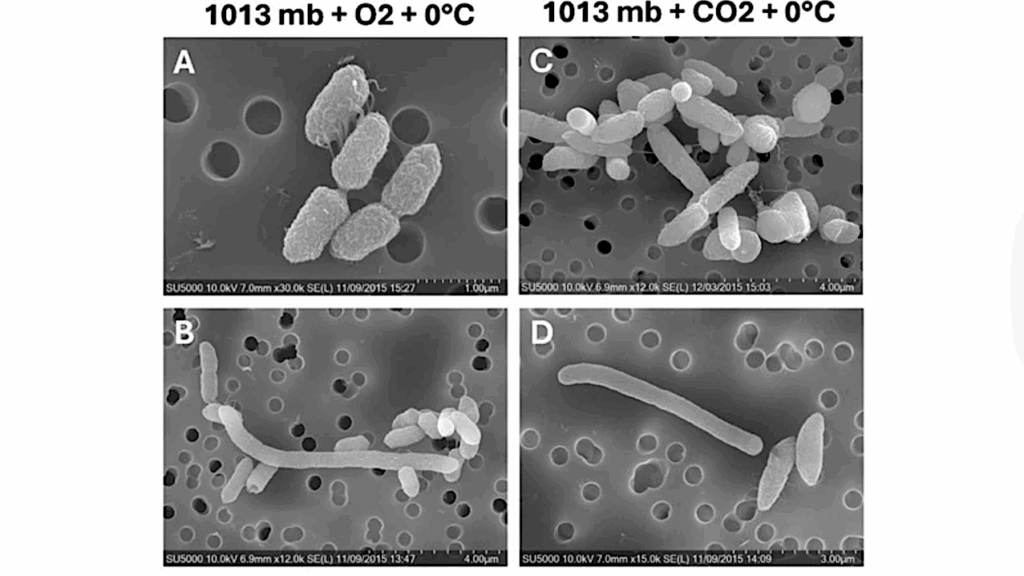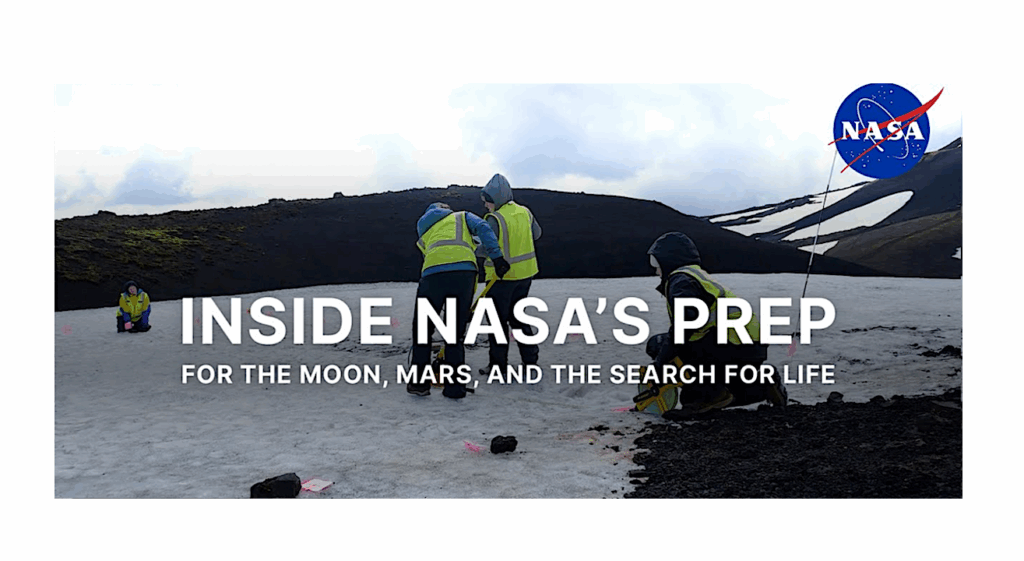Reduced Variations In Earth's And Mars' Orbital Inclination And Earth's Obliquity From 58 To 48 Myr Ago Due To Solar System Chaos

The dynamical evolution of the solar system is chaotic with a Lyapunov time of only ∼5 Myr for the inner planets.
Due to the chaos it is fundamentally impossible to accurately predict the solar system’s orbital evolution beyond ∼50 Myr based on present astronomical observations.
We have recently developed a method to overcome the problem by using the geologic record to constrain astronomical solutions in the past. Our resulting optimal astronomical solution (called ZB18a) shows exceptional agreement with the geologic record to ∼58 Ma (Myr ago) and a characteristic resonance transition around 50 Ma. Here we show that ZB18a and integration of Earth’s and Mars’ spin vector based on ZB18a yield reduced variations in Earth’s and Mars’ orbital inclination and Earth’s obliquity (axial tilt) from ∼58 to ∼48 Ma — the latter being consistent with paleoclimate records. The changes in the obliquities have important implications for the climate histories of Earth and Mars.
We provide a detailed analysis of solar system frequencies (g- and s-modes) and show that the shifts in the variation in Earth’s and Mars’ orbital inclination and obliquity around 48 Ma are associated with the resonance transition and caused by changes in the contributions to the superposition of s-modes, plus g-s-mode interactions in the inner solar system. The g-s-mode interactions and the resonance transition (consistent with geologic data) are unequivocal manifestations of chaos. Dynamical chaos in the solar system hence not only affects its orbital properties, but also the long-term evolution of planetary climate through eccentricity and the link between inclination and axial tilt.
Richard E. Zeebe
Comments: The Astronomical Journal, Revised Version
Subjects: Earth and Planetary Astrophysics (astro-ph.EP)
Cite as: arXiv:2207.04006 [astro-ph.EP] (or arXiv:2207.04006v1 [astro-ph.EP] for this version)
https://doi.org/10.48550/arXiv.2207.04006
Focus to learn more
Submission history
From: Richard Zeebe [view email]
[v1] Fri, 8 Jul 2022 16:49:01 UTC (1,726 KB)
https://arxiv.org/abs/2207.04006
Astrobiology,








